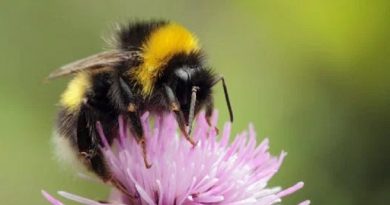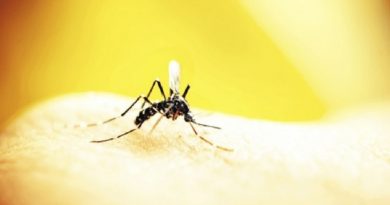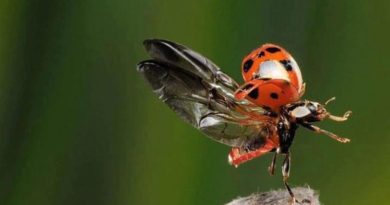Bees Added To Endangered List For The First Time In US (VIDEO)
For the first time in the United States, bees have been placed under the protection of the Endangered Species Act.
Seven yellow-faced bee species that were once abundant in their native home of Hawaii, were declared endangered on Friday by the U.S. Fish and Wildlife Service, the Associated Press reported.
Those species have been devastated by “habitat loss, wildfires and the invasion of non-native plants and insects,” according to The Guardian.
The federal protection of the bees will “allow authorities to implement recovery programs. Access funding and limit their harm from outside sources,” according to the AP.
These species of bees are essential to the islands’ produce. In general, bees add billions of dollars to U.S. agriculture each year, according to Reuters. Many indigenous Hawaiian plant species could go extinct if the native species of bees were to totally disappear from the islands.
Sarina Jepson, endangered species program director at Portland-based conservation organization the Xerces Society, told the AP that the bees are threatened by “feral pigs, invasive ants, loss of native habitat due to invasive plants, fire, as well as development, especially in some for the coastal areas.”
Entomologist Karl Magnacca, who has worked with Xerces and operates chiefly in Hawaii, told the AP that the organization had worked on efforts to declare the bee species endangered for nearly 10 years.
The placement of the Hawaiian bees on the endangered species list occurs just a week after the U.S. Fish and Wildlife Service proposed adding the rusty patched bumble bee to the list, according to Reuters.
The rusty patched bumble bee is a key pollinator that once swarmed the upper Midwest and Northeastern U.S. It is also the first wild bee species in the continental U.S. to be proposed for official federal protection.
Officials also added three other native Hawaiian animal species to the list: the band-rumped storm-petrel. The orange black Hawaiian damselfly and the anchialine pool shrimp, according to the AP.
Source: http://www.pbs.org/


